The new generation of the J-Series has arrived! And we premiered it with the classic J10! A radical change was made in the design, new Funky Trees was implemented on control surfaces, flaps, slats, air brakes and more. Some things have also been automated to make the flying experience smoother and easier.
J10 SERIES (2021) MANUAL
ENGINES
START UP
Use AG2 to turn on the engines. There will be a delay powering up the engines until they're fully turned on.TAKE OFF
For take-off configuration, engines have two configurations recommended by CM:
• 80%: Recommended option, as it saves fuel although it occupies more runway for take-off, approximately 5500 ft.
• 100%: It increases aircraft performance for take-off, usually consumes 5% - 8% of fuel.FLIGHT
Once the cruising altitude has been reached, it is recommended to use engines from 60% to 70% of their power to save fuel.LANDING
The power required for landing varies depending on the weight of the aircraft and the altitude at which it is located. Usually not more than 40% of engine power.
AG3 + BRAKES Will enable thrust reversers, can be used during flight, below 45 Knots [IAS] will be automatically deactivated.
FLAPS & SLATS
FLAPS
They extend up to 45 degrees, flaps will be deployed according to the configuration of the VTOL inputs (0.1, 0.25, 1, 2).SLATS
The slats work in conjunction with the flaps.
If the aircraft is above 2,600 ft. and less than 125 Knots [IAS], the auto-slats will be activated automatically, they help the aircraft to have better control of it stalls.TAKE OFF
The recommended flap configuration for take-off is 0.1 or 0.25, depending on the weight of the aircraft.FLIGHT
Above 10,000 ft. it is recommended that flaps are completely retracted, this excludes in approach or landing scenarios.LANDING
Flaps limit table according VTOL input:
• VTOL 0.1 = 250 Knots.
• VTOL 0.25 = 250 Knots.
• VTOL 1 = 200 Knots.
• VTOL 2 = 170 Knots.
SPOILERS & FLIGHT BRAKES
SPOILERS
AG5 Shall automatically deploy spoilers as long as the aircraft makes ground contact. If the thrust is equal to or exceeds 50%, the spoilers will be deactivated and retracted.FLIGHT BRAKES
AG5 + BRAKES If the aircraft is below 2,500 ft., the flight brakes will not be available.
LIGHTS
NAVIGATION LIGHTS
AG8 Activates and deactivates navigation lights.BEACON LIGHTS
Beacon lights will be activated when the engines start.STROBE & ANTI-COLLISION LIGHTS
AG1 Activates and deactivates strobe and anti-collision lights, normally activated when the aircraft enters an active runway.TAXI & LANDING LIGHTS
AG6 Activates and deactivates the landing lights, AG7 activates and deactivates taxi lights, both usually deactivates after take-off, when aircraft reaches 10,000 ft.
J10-100 PERFORMANCE
SPEEDS
Recommended Takeoff Speed: 160 [IAS] Knots.
Recommended Landing Speed: 140 [IAS] Knots.
Cruise Speed: 370 [TAS] Knots.
Top Speed: 440 [TAS] Knots
Top Speed Never Exceeded: 670 [TAS] Knots.
Stall: 120 [IAS] Knots.EQUIPPMENT
Powerplant: CE-H10-100 x 4
Wingtips: NoALTITUDES
Cruising Altitude: 25,000 ft. / 31,000 ft.
Service Ceiling: 42,000 ft.RUNWAY REQUIREMENTS
Take-Off Runway Minimum Length: 5800 ft.
Landing Runway Minimum Length: 2600 ft.PERFORMANCE TEST NOTES
Test were made with aircraft at full load capacity.
Takeoff and Landing tests were performed in Wright Airport.
Top speed tests were performed at 25,000 ft.
Runway requirements information was obtained using recommended take-off and landing speeds.
Landing and Takeoff speed may vary depending on aircraft load.
Landing and Takeoff distance may vary depending on aircraft load.
Mobile tests were performed on iPhone 11 Pro & iPad Mini (5th Gen)
Specifications
General Characteristics
- Created On Windows
- Wingspan 131.8ft (40.2m)
- Length 148.0ft (45.1m)
- Height 41.6ft (12.7m)
- Empty Weight 167,417lbs (75,939kg)
- Loaded Weight 570,000lbs (258,548kg)
Performance
- Power/Weight Ratio 1.06
- Wing Loading 81.7lbs/ft2 (398.9kg/m2)
- Wing Area 6,976.0ft2 (648.1m2)
- Drag Points 37794
Parts
- Number of Parts 532
- Control Surfaces 27
- Performance Cost 2,820

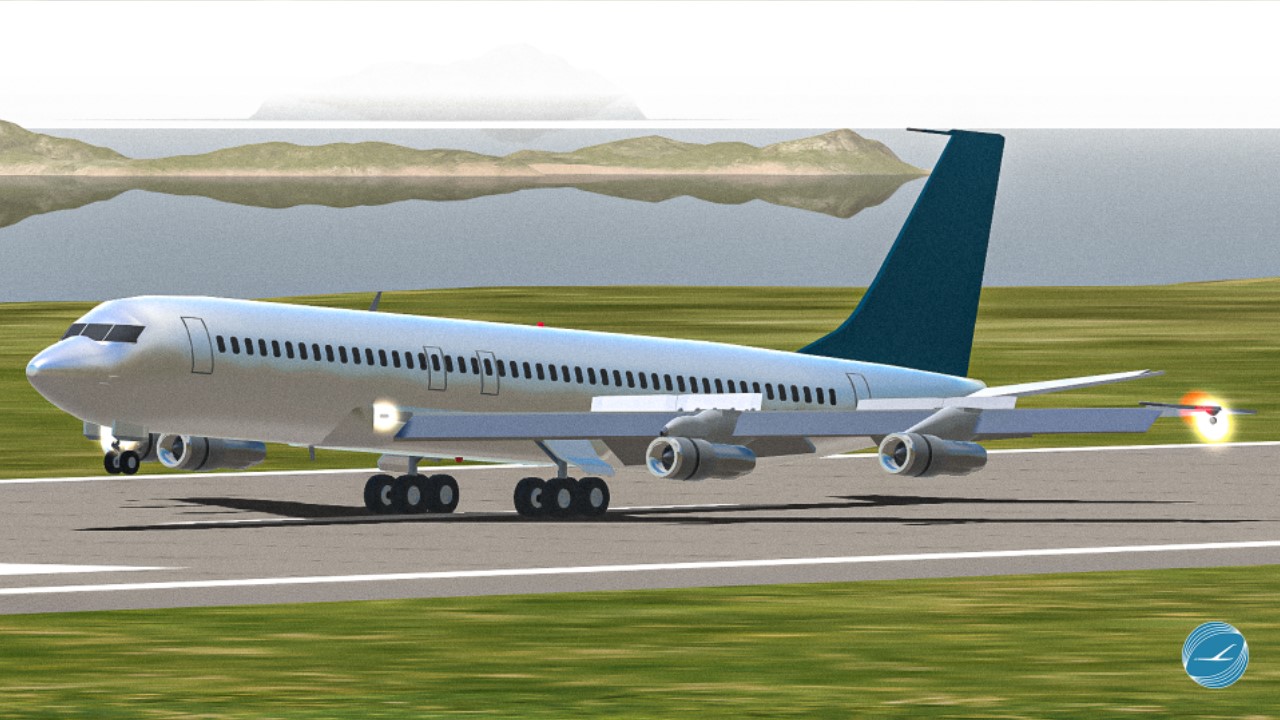
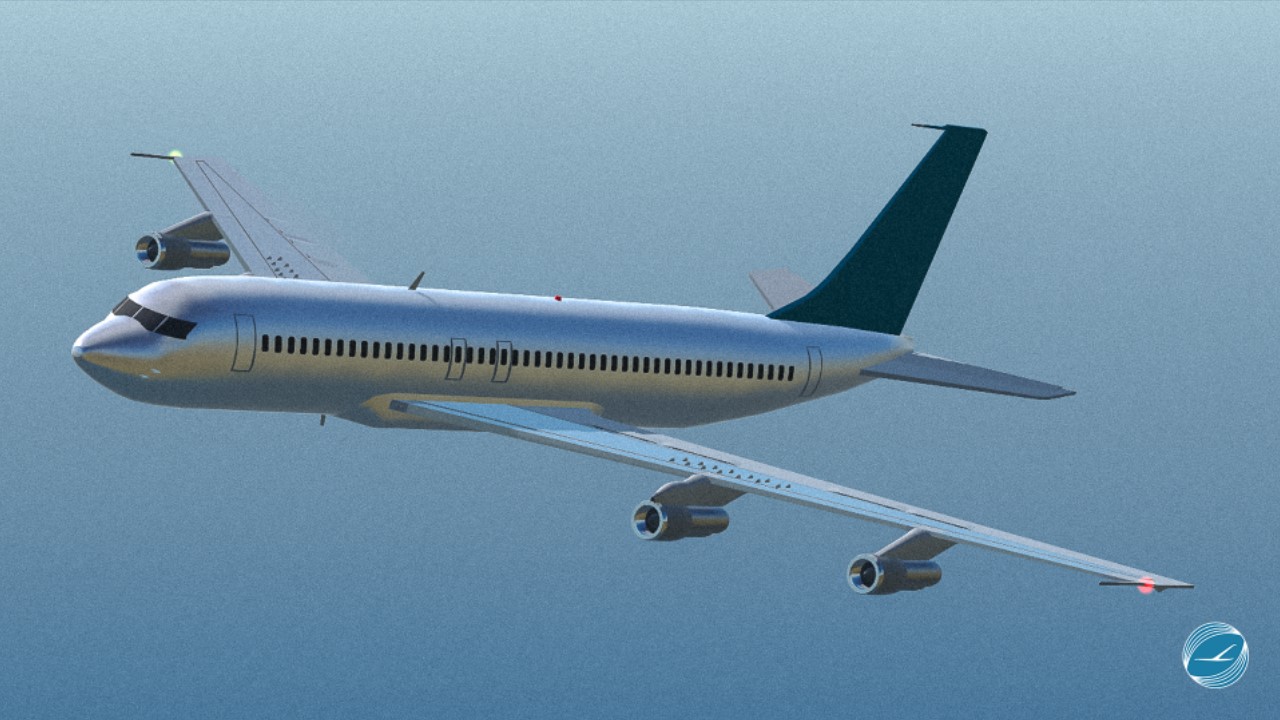
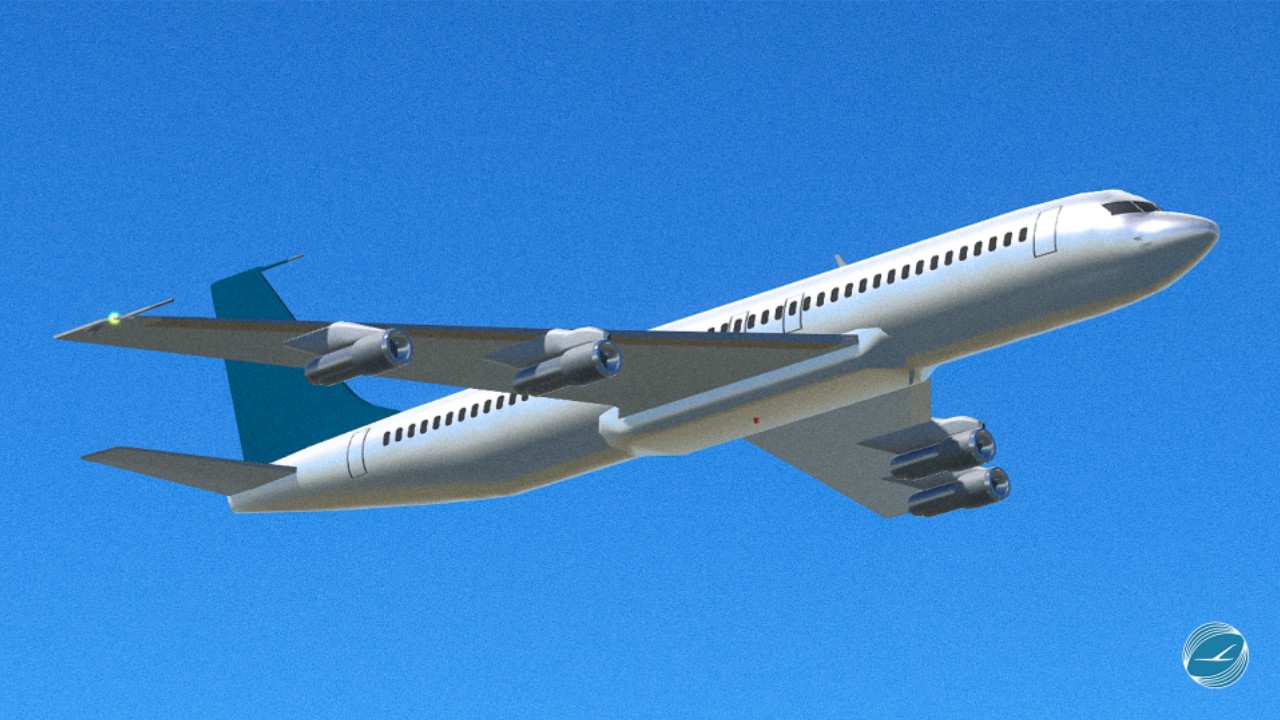
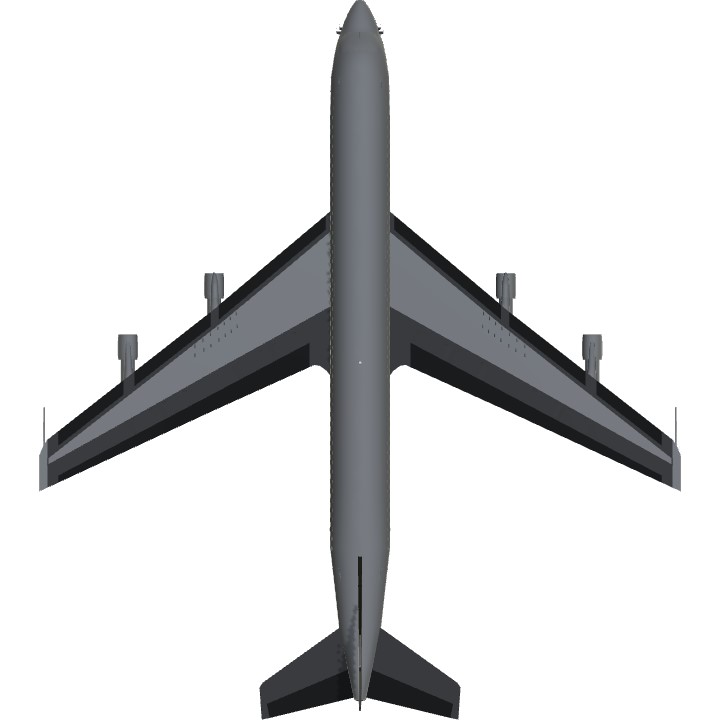
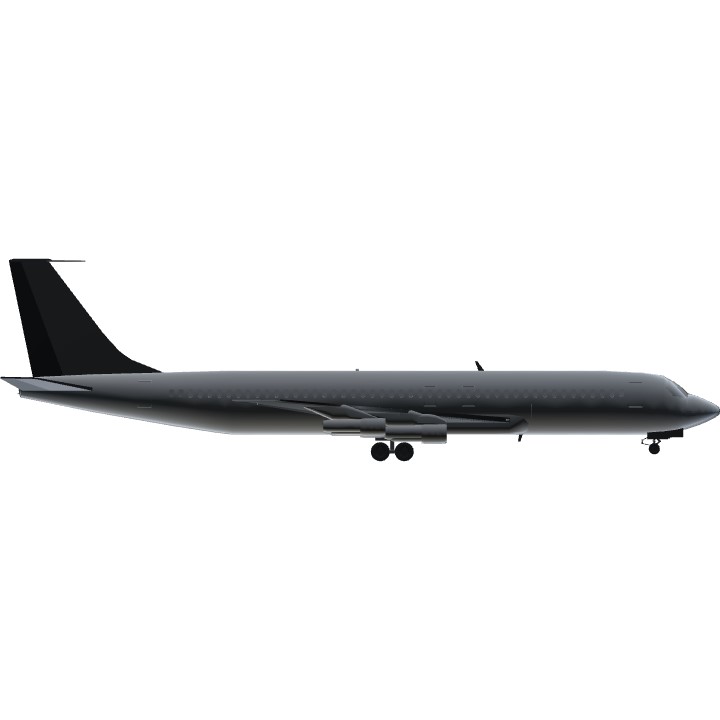
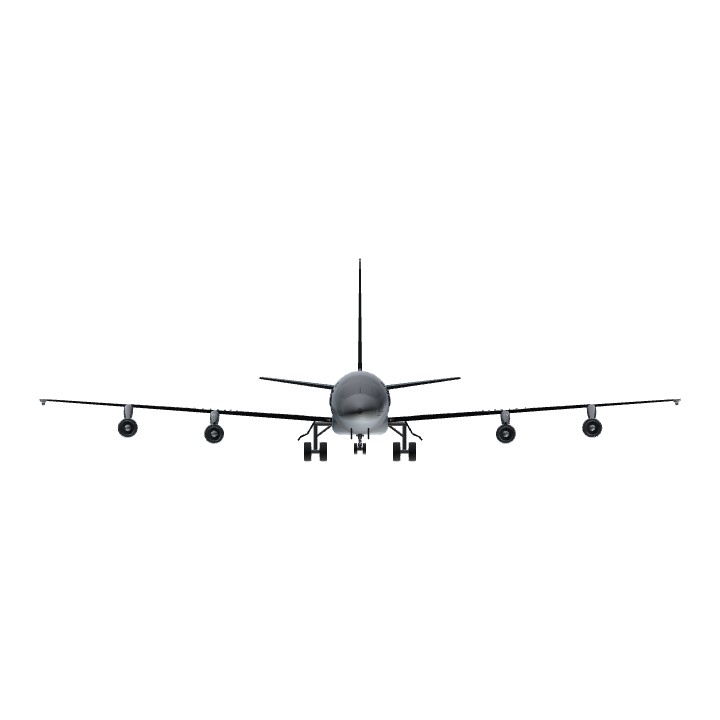
If you have any doubts with aircraft operation, please leave a comment!
@SheriffHackdogMCPE
You should be able to find the game files, once there the folder "AircraftDesigns" is the one that contains all your aircraft, there you must copy the Aircraft XML & BAK file.
@CM Android (in 8.1 Oreo lite)
@SheriffHackdogMCPE
Do you play in iOS or Android?
@CM how do I do that? I'm actually on mobile tho
@SheriffHackdogMCPE
Hi! I've planned in a few days make a post with a link, that link will contain the file with all the 2020 edition aircraft. Soon I'll have it ready and all those aircraft will be free to use.
Hi! you are back!
Uhh, I just checked your profile and I was shocked when the old planes were deleted. I miss those planes tho.
Can you plz repost them but tag them as OG? (my request)
@CM thank you for help
@XAircraftManufacturer
I guide with KingHandspider’s Airfield Charts, use the lines in the runway to calculate an estimated use of runway.
How do you know how much runway your planes need?
He has returned lets goo